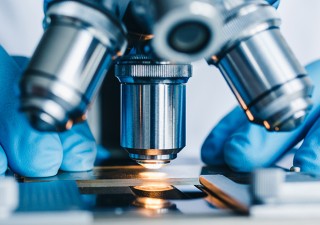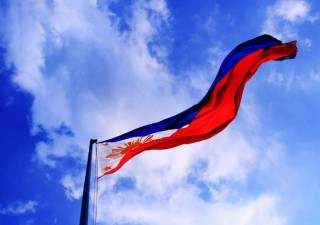Medical use claims in ASEAN countries
31 May 2022

Singapore
Under Section 16 of the Singapore Patents Act, “an invention of a method of treatment of the human or animal body by surgery or therapy or of diagnosis practised on the human or animal body is not taken to be capable of industrial application.” However, first and second medical use claims are allowable in Singapore.
The claim to the first medical use of a new or known compound or composition may be drafted as a “Compound/Composition for use” claim. It may claim a broad or a specific medical use. However, both broad and specific claims are anticipated by any prior medical use of the compound/composition.
The claim to the second medical use, on the other hand, can only be drafted in the form of a Swiss-type claim: “Use of a compound/composition in the manufacture of a medicament for the treatment of ….” The claim has to recite the specific diseases to be treated. Otherwise, the claim will be objected to for lacking clarity.
Malaysia
Under Section 13 of the Patents Act, “methods for the treatment of human or animal body by surgery or therapy, and diagnostic methods practiced on the human or animal body” are non-patentable inventions. However, similar to Singapore, first and second medical use claims are allowable in Malaysia, and first medical use claims can be drafted as “Compound/Composition for use” claims while the second medical use claims should follow the Swiss-type format.
Thailand
Section 9 of the Patents Act excludes “methods of diagnosis, treatment or cure of human and animal diseases” from patent protection. However, similar to Singapore, first and second medical use claims are allowable, but the claims should not mention dosage regimens or routes of administration.
Indonesia
The amended patent law of 2016 states that a new use of a known product is not patentable. Therefore, only new use of a new product can be patented. However, the new Patent Examination Guidelines of October 25, 2019, seem to differ from the law, by stating that for a new use of a known product, the claims should be drafted as “Compound/Composition for use” claims and that these claims are construed as a compound/composition per se with the new use as a limiting feature. It suggests that a new use of a known product can be patented if the known product is used to treat a disease, which is different from what it was known to treat before.
As few applications filed under the amended patent law has started examination, it is still unclear how the examiners would decide on these applications considering the discrepancy between the amended patent law and the new guidelines.
The Philippines
Section 22.3 of Republic Act No. 8293 excludes “methods for treatment of the human or animal body by surgery or therapy and diagnostic methods practiced on the human or animal body” from patent protection. However, the said section specifies that this provision shall not apply to products and composition for use in any of these methods.
Like Singapore, the Philippines also allows first and second medical use claims using the allowable formats in Singapore. However, Swiss-type claims in the Philippines may also be drafted as follows:
-
Method for manufacturing a medicament intended for therapeutic application Y, characterized in that substance X is used.
-
Process for the manufacture of a medicament for the therapeutic application Y characterized in that substance X is used.
Vietnam
Human and animal disease prevention, diagnostic and treatment methods are not patentable in Vietnam. Furthermore, only product and process claims are allowable and therefore, any use-related claims are also not patentable.
Other ASEAN countries: Brunei, Cambodia, Laos and Myanmar
Patent provisions in Brunei, Cambodia and Laos expressly exclude methods of treatment from patent protection. As the number of patent applications that have undergone local examination in these jurisdictions are low, it is unclear if re-writing of claims in the first and/or second medical use formats will be accepted.
In Myanmar, while the new patents law has been passed, the effective date has yet been announced and consequently, new patent applications are yet to be accepted.
As can be seen, all of the ASEAN countries do not allow method of treatment claims. Applicants are therefore advised to amend these claims to the acceptable format prior to requesting examination to save time and cost.









